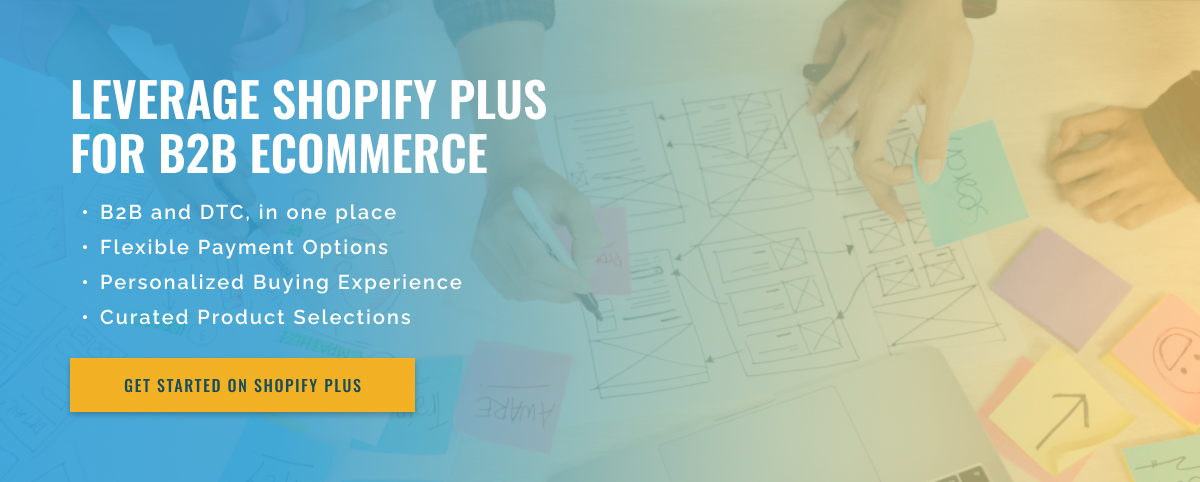3 minute read
Mastering B2B Ecommerce: A Guide to Creating a Successful Shopify B2B Website
Today’s business landscape has changed significantly, and many B2B companies have recognized the need to improve their online presence and provide their buyers with a seamless eCommerce experience. That’s where Shopify B2B comes in: a powerful tool that helps businesses build B2B eCommerce websites that meet the needs and expectations of modern buyers.
So how can you use Shopify B2B to build a B2B eCommerce website that not only reaches today’s buyers, but engages them?
1. Understand your buyers’ needs
The key to creating a successful B2B eCommerce website is understanding what your buyers want. Take the time to research and analyze their behavior, pain points, and preferences. This will allow you to tailor your website to users’ specific needs and provide them with a personalized experience.
2. Use responsive design
Today’s buyers are constantly on the go and use multiple devices to access information and make purchases. That’s why a responsive design is crucial for your B2B eCommerce website. This will ensure that your website is optimized for all devices, offers a seamless user experience across all screens, and improves customer engagement.
3. Leverage social media
In today’s digital age, social media is a powerful tool to reach and engage potential buyers. As a B2B business, you can use platforms like LinkedIn, Twitter, and Facebook to promote your products and services, share valuable content, and interact with your audience. This helps increase brand awareness, build credibility, and connect with potential buyers on a more personal level.
4. Simplify the buying process
One of the main reasons why buyers choose to buy online is convenience. With Shopify B2B, you can streamline the buying process by implementing features like quick ordering, automatic reordering, and customized pricing for different customers. This not only saves time, but also improves the overall shopping experience and leads to higher customer satisfaction and loyalty.
5. Provide personalized experiences
Personalization is a top priority for B2B buyers. Shopify B2B allows you to set up customized catalogs, pricing, and promotions, providing a personalized experience to each buyer. This creates a sense of exclusivity and makes the buyer feel valued, leading to more engagement and conversions.
Conclusion
Developing a B2B eCommerce website with Shopify B2B requires you to understand your buyers’ needs, use responsive design, leverage social media, simplify the buying process, and provide personalized experiences. By implementing these strategies, you can create a compelling and efficient B2B eCommerce website that meets the expectations of modern buyers and drives business growth.

